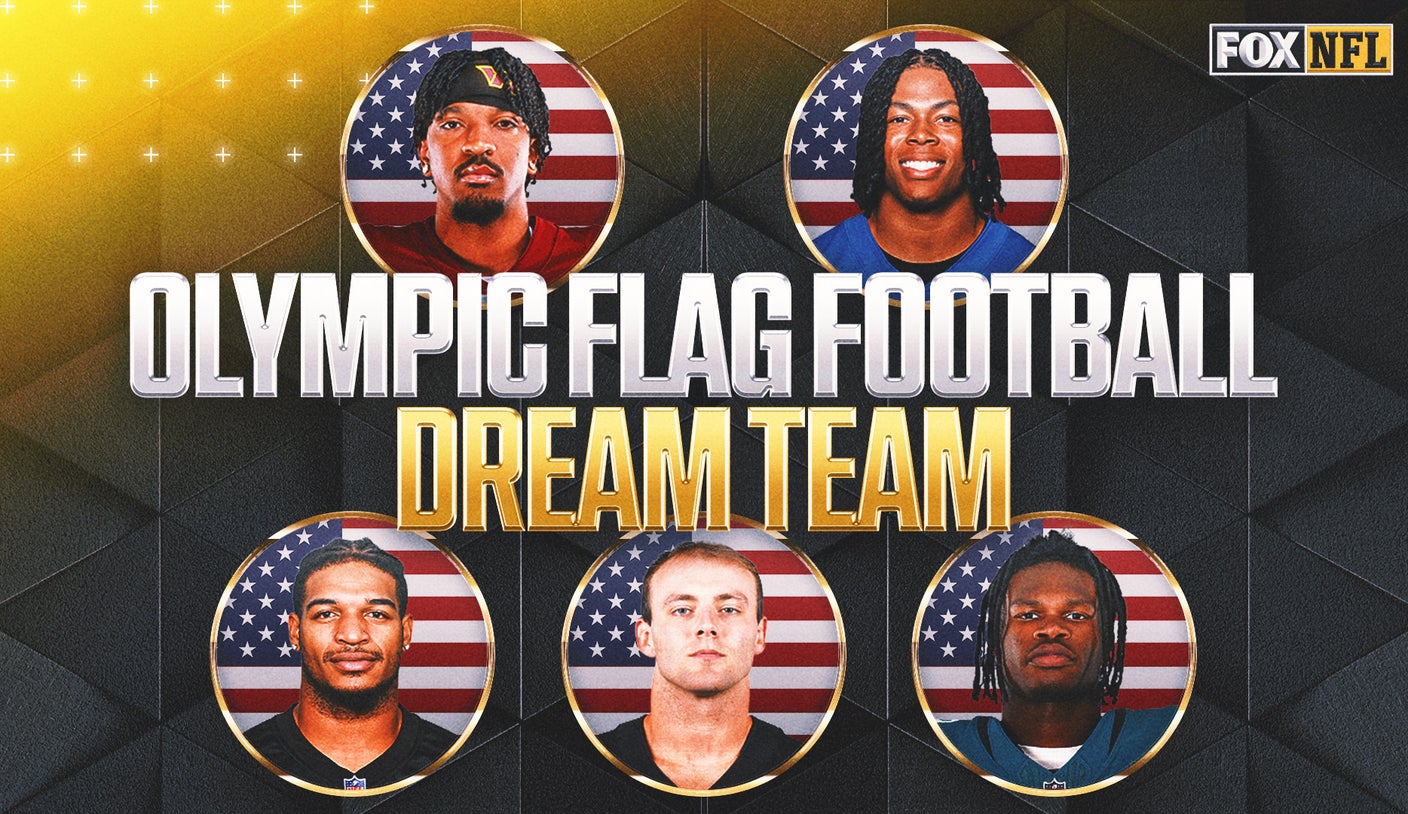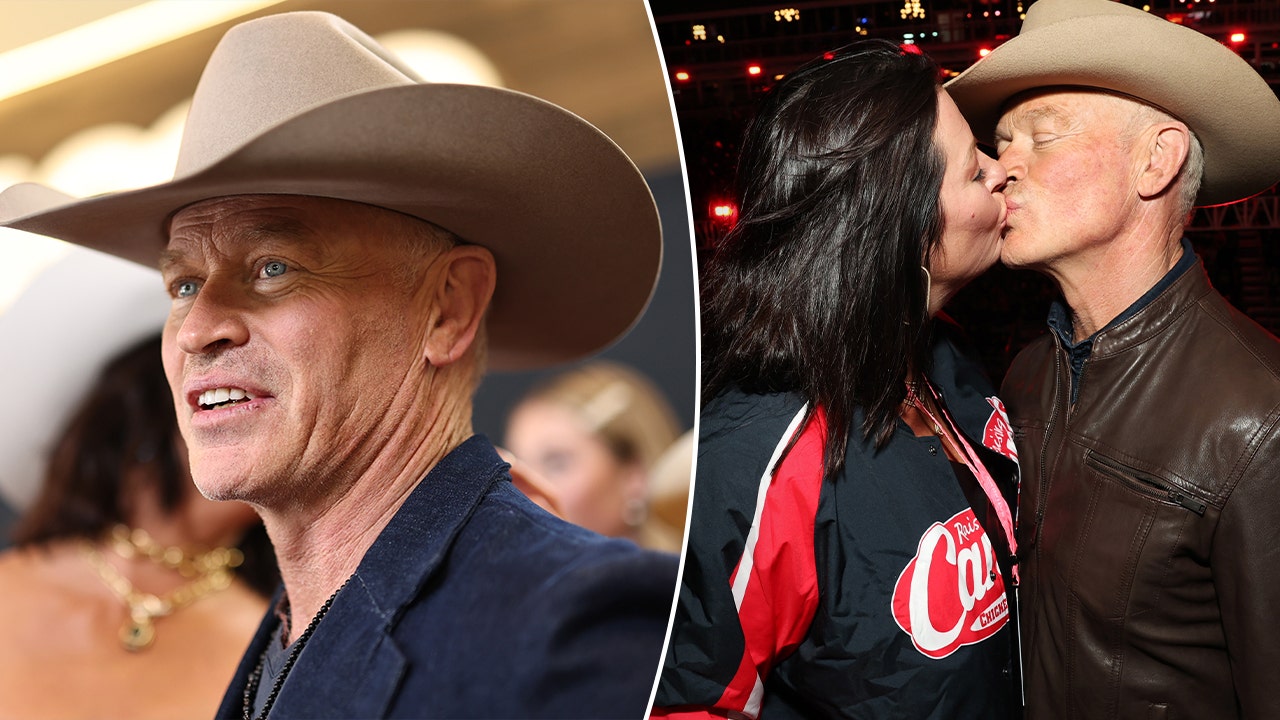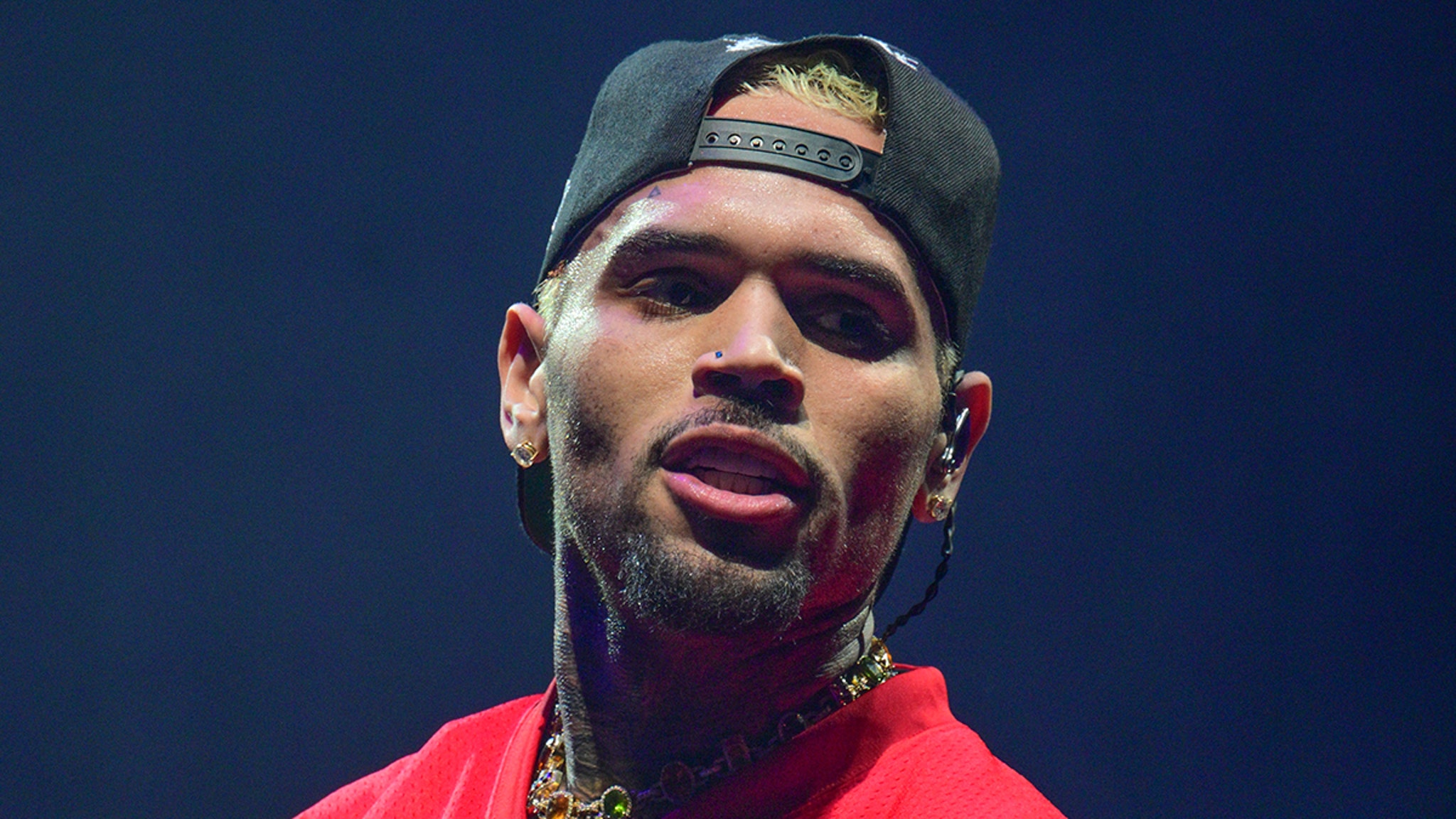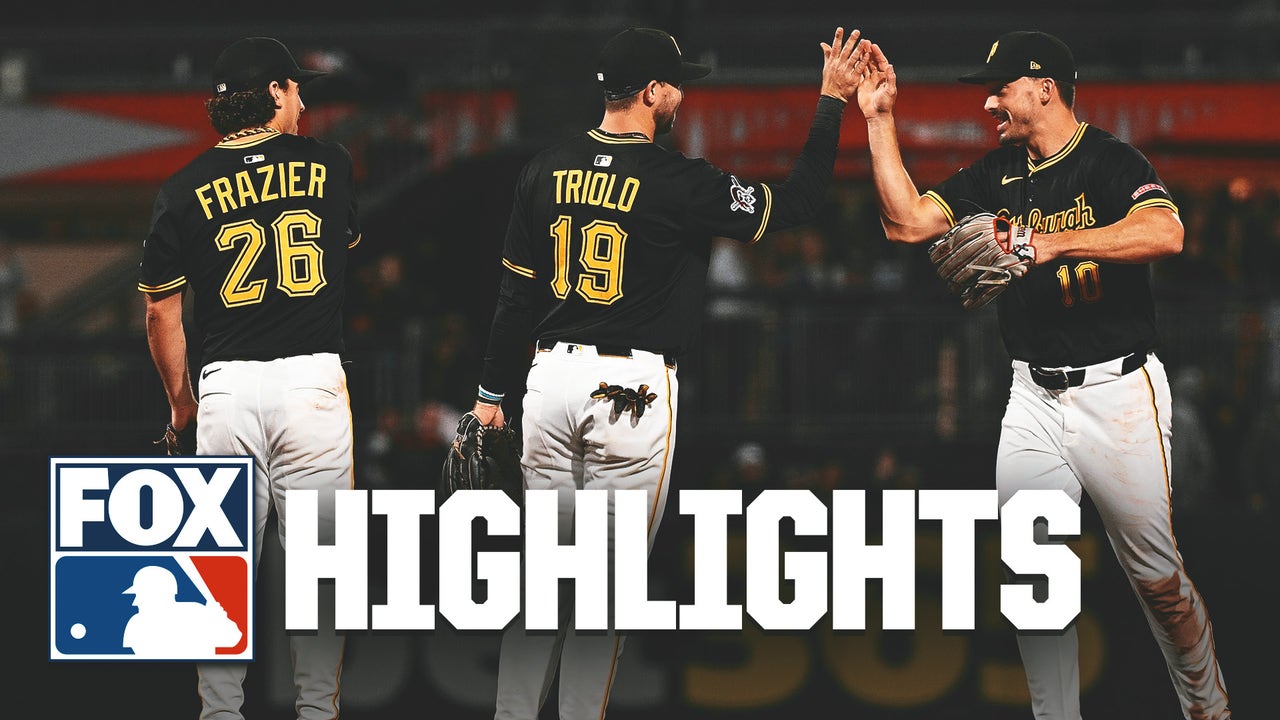What might an NFL flag football Dream Team look like in 2028 Olympics?
With the news that the NFL will allow players to participate in the debut of flag football in the 2028 Summer Olympics in Los Angeles, let’s fast-forward three years and ponder which current league stars would best translate.
Keep in mind that it’s almost a different sport. Olympic flag football is 5-on-5, with a quarterback, three receivers or backs and a center who is immediately eligible as a receiver. So there’s no need for a traditional offensive lineman. The defense has a single designated rusher who must be seven yards behind the line at the snap. Quarterbacks cannot run with the ball, but they still need elusiveness to avoid sacks and extend plays.
As it stands, the Olympic roster would include only 10 players, which means almost no depth. So as we put together a potential NFL squad, we placed a premium on athleticism and the ability to play both ways in a pinch. Here’s our NFL Dream Flag Football Team for the 2028 Summer Games.
The dream answer in 2025 is probably Baltimore’s Lamar Jackson. He’s the quarterback you think of for elusiveness, but he’ll be 31 in 2028, so it might make more sense to go four years younger with Daniels. If you’re going for absolute star power, Patrick Mahomes can avoid sacks and extend plays like few others, and while he’ll be 32 in 2028, he’ll still likely be the league’s most global property. But we’ll go with Daniels, who should have his share of international clout after four years in the NFL.
Many will go with Philadelphia’s Saquon Barkley — if you can hurdle a defender backward, you can probably make a few guys miss a flag — but Barkley will be 31 when the 2028 Olympics roll around. Gibbs is five years younger, and most importantly, he’s an elite pass-catcher. Olympic flag football allows no running plays once a team reaches the 5-yard-line, so pass-catching is almost as crucial as being able to make people miss. If you’re looking for a wild card as a super-quick, smallish back, maybe Miami’s De’Von Achane.
In terms of making plays and making defenders miss in the open field, Chase might be the top of the list, and at 25, he’ll still be in his prime in 2028, fully entrenched as one of the game’s best receivers. Jefferson is also 25 and arguably the best in the game right now, so there’s star power and the ability to make ridiculous, contested midair catches as well. With only passes allowed at the goal line, is there a value for a big red-zone target like a 6-foot-5 Mike Evans or someone younger for corner lobs in the back of the end zone?
This is the X-factor on the field. Snapping is fairly easy, so do you just want a fourth open-field target? The center can’t engage/block the rusher, but you can make a case that size is best translated here, considering that the rusher has to go around the center before he releases upfield. The 6-foot-4, 230-pound Bowers has much more athleticism than most tight ends, so he’d bring the big-catch-radius-in-the-end-zone aspect to complement smaller, quicker receivers.
Flag football takes the physicality out of rushing the quarterback, so you can isolate quickness and agility at this position. In theory, you could go with a smaller, quicker player, but if you wanted a traditional pass rusher, Parsons makes a lot of sense. You don’t have the risk of a rusher missing the first chance and the quarterback taking off downfield, so you just want someone who can get there in a hurry and pull a flag when he gets close enough. It’s too early now, but a year from now (and still two years before the Olympics), you wonder if Giants rookie Abdul Carter enters this conversation.
With limited or no depth, there’s an added value in a player who actually has experience playing on both sides of the ball. So, especially after three seasons in the NFL, Hunter makes a lot of sense as a dual threat. Flag football isn’t much different from 7-on-7 ball, with so much hinging on individual receiver-on-corner matchups, and these two have the confidence to thrive in that environment, with the Jets‘ Sauce Gardner another logical option.
A turnover on downs in Olympic flag football means the opponent takes over at its 5-yard line, so an interception is much more of a game-changing play, with a rare chance at a defensive score or a short field. You want a smart centerfield-type as a safety, able to read the quarterback and quickly limit the damage when a player gets past the first potential flag pull, and with the ball skills to take advantage of bad throws. There aren’t a ton of young safeties in the league, but we’ll go with Hamilton and Winfield, both versatile players who can cover ground and make plays in a hurry. Detroit’s Kerby Joseph, who led the NFL with nine picks last season, would be ideal, but the league is limiting the Olympic squad to one player per team.
Greg Auman is an NFL Reporter for FOX Sports. He previously spent a decade covering the Buccaneers for the Tampa Bay Times and The Athletic. You can follow him on Twitter at @gregauman.
Want great stories delivered right to your inbox? Create or log in to your FOX Sports account, and follow leagues, teams and players to receive a personalized newsletter daily!
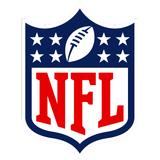
Get more from National Football League Follow your favorites to get information about games, news and more
editor's pick
latest video
Sports News To You
Subscribe to receive daily sports scores, hot takes, and breaking news!

